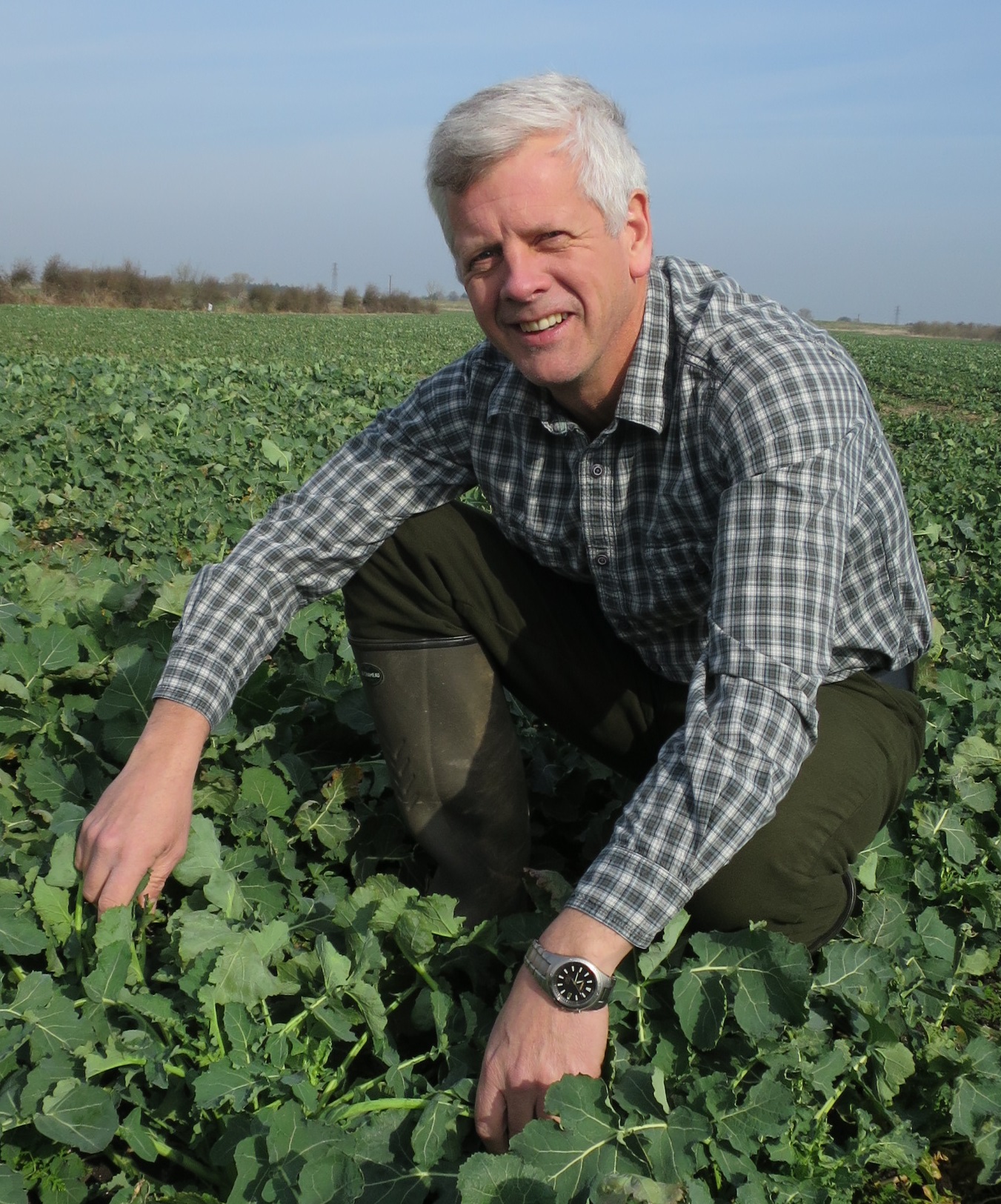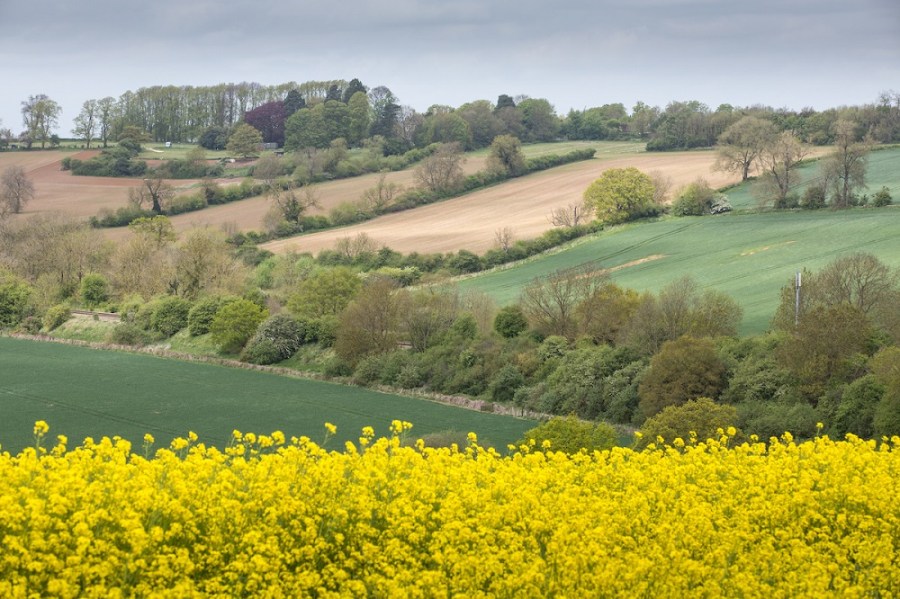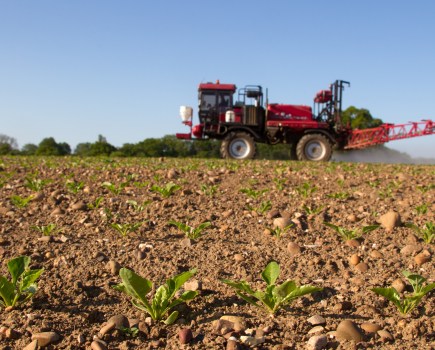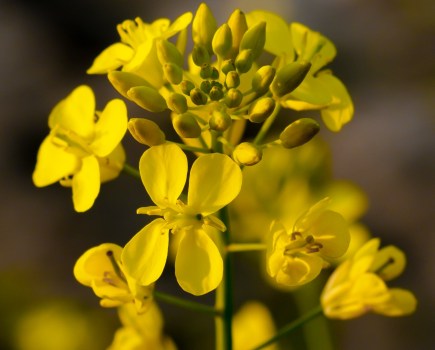In recent years crop rotations have evolved, becoming longer, more diverse and more sustainable. CPM finds out why.
By Lucy de la Pasture
For many growers, problems with grassweeds, pests and diseases influence decisions when it comes to planning rotations. Often the temptation can be to employ a strategy centred around tackling a particular bugbear, whether through crop choice, variety selection or drilling timing, believes Bayer’s Sarah Middleton.
″A focus on short term problem-solving can sometimes risk losing sight of the wider picture. Oilseed rape in particular has suffered changing fortunes in the past few years as many growers have reduced its area or dropped it entirely from the rotation,“ she says.
She warns that decision-making around one crop can sometimes inadvertently affect other crops in the future. She also believes focusing on some practices can exacerbate other issues or even the one originally targeted, albeit unintentionally.
Early drilling of OSR is one such example. “When it comes to cabbage stem flea beetle (CSFB), growers often want to sow early because they believe a bigger plant will better withstand attack,” she explains. “This may well be true, but it could also result in high plant populations and an overdeveloped crop, which might ultimately have a negative impact on yield.

Sarah Middleton reckons growers need to consider ‘the big picture‘ when looking at rotations.
She believes that with alternative approaches to disease, pest and soil quality problems increasingly front of mind for growers, the move towards a changing view of the whole rotation is gathering pace.
“Blackgrass started out as a localised problem, but very quickly became widespread. Similarly, at the moment CSFB is still mainly concentrated to the east of England, but we’re already seeing it spread beyond that. Growers are having to adapt their agronomic practices – there’s no magic solution, but more people are taking the attitude that they can really positively influence their crops on a long-term basis.”
A noticeable shift
David Leaper, seed technical manager at Agrii, observes that most growers are now taking a much broader view of rotations than they have done for many years.
“Fifteen years ago, many farmers moved to short term, less diverse rotations to maximise the profitability from their individual crops. But they relied mostly on chemical weed control rather than cultural methods, and unknowingly built up problems with pests and disease, with the two biggest game changers being blackgrass and CSFB. Together they‘ve had the most dramatic impact on rotations.”
When it comes to OSR, David notes that there‘ve been changes in how growers have approached the crop. “There‘s no doubt that OSR is less frequent in the rotation and many growers, especially in the hardest hit eastern counties, took a ‘holiday’ from the crop last year, although there has been a modest return since.

David Leaper has noticed that growers are using new technologies to solve problems in the rotation.
″There‘s also been a noticeable shift towards the earlier drilling of OSR, although this isn‘t without its problems. Early crop survival may benefit, but the downside is that crops are more exposed to larval damage later on.
“Other farmers are looking at companion crops to mitigate the effects of the pest and are using the Clearfield system to remove the companion species once the OSR is established. The more vigorous InVigor varieties are also being employed to improve the speed of establishment, and also to help the crop grow away quickly in the spring and limit the effects of larval infestation.
New technologies
“New technologies like Clearfield have gained significant traction in the UK, driven by better adapted varieties and a high prevalence of problem weeds like runch and charlock. Farmers need to be mindful that volunteer OSR will not be controlled by ALS-herbicides, but so far the technology seems to be bringing benefits to the grower,” he comments.
“Clearly there are many economic and agronomic factors that impact on a farmer’s rotation. As they get the balance right, it‘s likely many growers will move away from what were perceived as ‘traditional‘ rotations. The important lessons from the past 15 years show that rotations need be measured, sustainable and reflect what is happening in the field. Crucially they also need to be profitable but this should be measured across the rotation as a whole,” suggests David.
CSFB will continue to play a key role in how rotational choices evolve in future seasons. Steve Ellis, entomologist at ADAS, says that a broader view will be crucial when it comes to controlling the pest.
“I think that’s undoubtedly the way it’s going, simply because we’re starting to detect high levels of resistance to pyrethroids. We’re now having to look for other answers to go alongside chemicals. I would say we’re definitely moving into an era of integrated pest management.”
“It’s about striking a balance,” says ADAS plant pathologist Julie Smith. She notes that clubroot seems to have spread over the past few years, and the problem is likely to continue if the UK continues to experience wetter, warmer autumn and winter conditions.
“With a drive towards earlier and earlier drilling, growers are potentially exposing their crop to a longer window of opportunity for clubroot infection. The same is true for light leaf spot – earlier drilling equates to a longer window of exposure to airborne ascospores.”
Julie believes there‘s a shifting mentality amongst growers towards a longer term, sustainable approach. “There’s more of an appetite for integrated disease control methods now, whether that‘s variety choice, fungicides, or agronomic approaches. Growers are putting it all together to come up with quite robust strategies for the farm, which can only be a good thing.”




